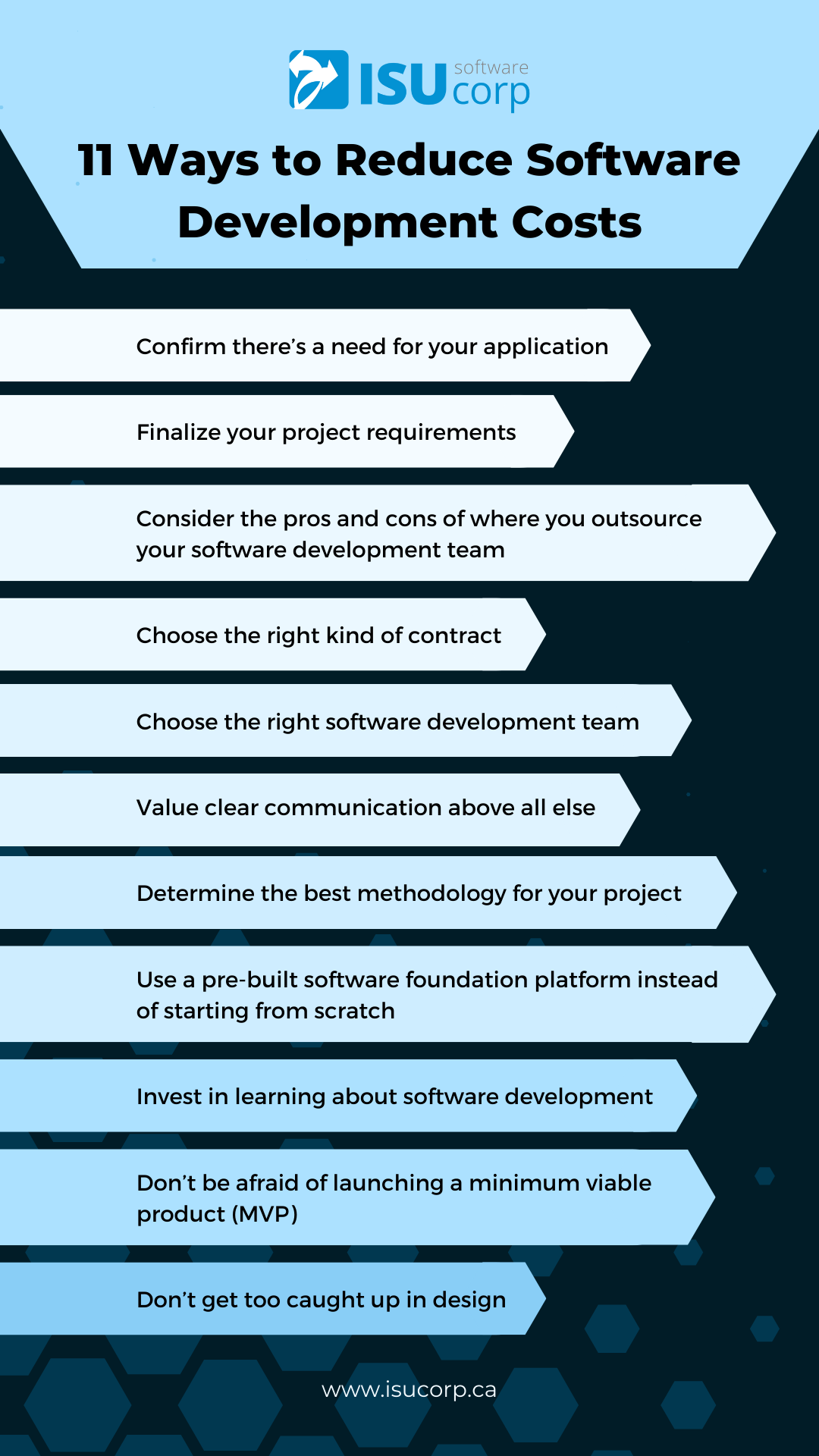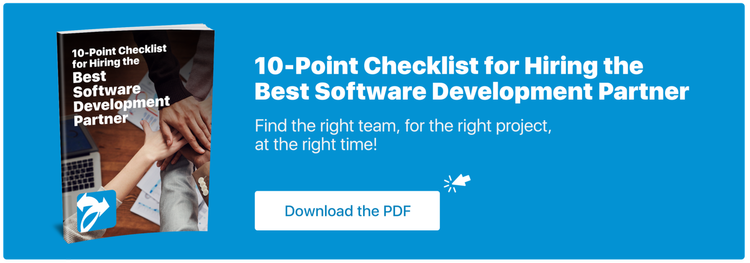The insurance industry has long been a sector that relies on person-to-person interaction. When a customer calls up an insurance broker, they’re talking to someone who understands and can even sympathize with their needs. They’ll look over policies and agree on an ideal plan… We could go on but frankly, this is all pretty dry, even for a technology company.
Insurance is yet another sector that’s about to be turned on its head by Artificial Intelligence. Like many other major industries in 2023, the insurance sector has begun to realize the possibilities available through the use of AI and is now exploring ways to integrate this technology into its service delivery model.
A good example can be seen from Pypestream which is sort of like Chat GPT meets your Insurance provider. Pypestream alone saw its revenue jump around 450% between 2021-2022 which gives a sense of the level of opportunity available in this market.
Anyone could argue about the implications of AI and try to dance around it as much as possible. The point is these tools are efficient which is really what AI is all about - promoting efficiency through process automation. With that being said, the only way companies can truly embrace this change is by having the right software infrastructure in place that can support the service model.
At ISU Corp, we have years of experience serving the insurance industry so we’ve seen a lot of different approaches and want to give our insights on some of the best programming languages that can assist companies when trying to integrate AI to their platforms.
Development Teams Handling AI Integration
Any development team taking on AI integration must be proficient with Machine Learning (ML) infrastructures and the programming languages that go into them. The IT Project Manager must ensure that they bring on developers who are proficient specifically with Python, R, and Java as these are the keys to a solid infrastructure.
Now, this alone won’t do a lot for a business starting its digital transformation journey, so with that said, let’s dive into some of the best options for programming languages and what they do:
1) Python - When it comes to data manipulation, statistical analysis, and building machine learning models, Python is the top choice. Insurance companies can use Python to develop predictive models that analyze customer data and identify risks, which will also improve underwriting and pricing decisions.
2) R - R is another popular language that we’ve outlined before, it’s commonly used for data analysis and machine learning. R is great for statistical modelling, data visualization, and exploratory data analysis. In the case of an insurance company, they might use R to create advanced analytics models, such as predictive modelling and fraud detection.
3) Java - Yet another widely used language for enterprise applications that is known for its reliability and scalability. Insurance companies will use Java to build AI applications that need to process large amounts of data and integrate with existing systems.
4) C++ - C++ is a top choice language for AI and just building overall high-performance applications, which of course makes it ideal for developing AI algorithms that need to run quickly. Insurance companies are going to be using C++ to build models that analyze large datasets and make predictions in real time.
5) MATLAB - This is a programming language commonly used in data science and machine learning. It’s particularly useful for performing complex computations and creating algorithms for statistical modelling and predictive analysis which is essential for AI integration in any platform. For insurance companies, this can help with tasks such as fraud detection, risk assessment, and claims analysis.
6) Scala - This is certainly a versatile programming language as it combines object-oriented and functional programming paradigms. It’s designed to be concise, expressive, and scalable, which makes it ideal for building large-scale, distributed systems. For insurance companies, this can help with tasks such as processing large volumes of data, managing complex workflows, and implementing real-time analytics.
7) Julia - Specifically designed for scientific computing and numerical analysis. Julia is very easy to use and has a syntax that is similar to MATLAB, which makes it a popular choice for data science and Machine Learning applications. Insurance companies might use Julia to help with tasks such as actuarial analysis, risk modeling, and predictive modeling.
8) Swift - Swift is a programming language developed by Apple for building iOS and macOS applications. It is a fast and efficient language that is designed to be easy to learn and use. For insurance companies, this can be useful for developing mobile applications that integrate with AI platforms, such as chatbots for customer support or mobile apps for claims submission.
9) Go - Go was created by Google to build fast, scalable, and reliable software. It has a simple and efficient syntax which makes it easy to write and read code. For insurance companies, this will be a great tool when building distributed systems, processing large volumes of data, and implementing real-time analytics.
10) Ruby - Ruby is a programmer's best friend during web development. Like the majority of these languages, it too has a clean and easy-to-learn syntax. For insurance companies, this is going to be the go-to when building web-based applications meant to integrate with AI platforms, like chatbots or processing systems for web-based claims.
11) Kotlin - Kotlin is a programming language that was developed by JetBrains for building Android applications. It is designed to be a more concise and expressive alternative to Java, with features such as null safety and extension functions. For insurance companies, this can be great for building mobile applications that integrate with AI platforms, again, this includes chatbots or mobile claims processing systems.
Choosing The Right Tools For Your Insurance Company
Artificial Intelligence is something that demands businesses' full attention at this moment in time - we strongly believe that companies who fail to implement AI solutions in their service delivery models will be obsolete in 5 years.
With that said, just like AI, programming languages are meant to do different things to produce different outcomes which will all be based on the company's vision. The whole point of custom software development is to create solutions that fit the specific needs and objectives of YOUR business.
Software developers can’t necessarily come up with the dream for you, but they can bring yours to life with the right tools. We can also identify the gaps in your processes that can be filled with AI. This is something insurance companies will want to make sure they’re aligned with when consulting with Artificial Intelligence software architects.
Written By Ben Brown
—
ISU Corp is an award-winning software development company, with over 17 years of experience in multiple industries, providing cost-effective custom software development, technology management, and IT outsourcing.
Our unique owners’ mindset reduces development costs and fast-tracks timelines. We help craft the specifications of your project based on your company's needs, to produce the best ROI. Find out why startups, all the way to Fortune 500 companies like General Electric, Heinz, and many others have trusted us with their projects. Contact us here.













